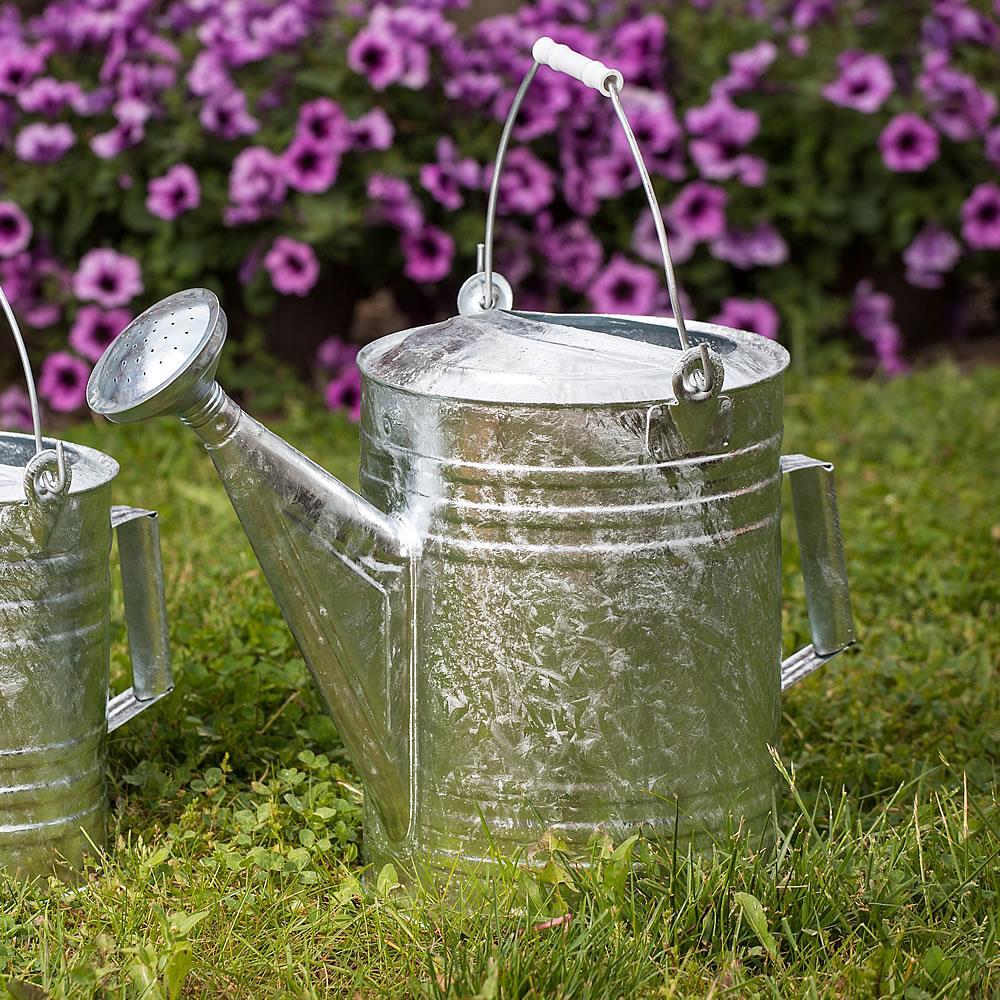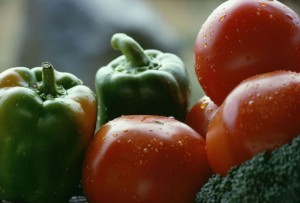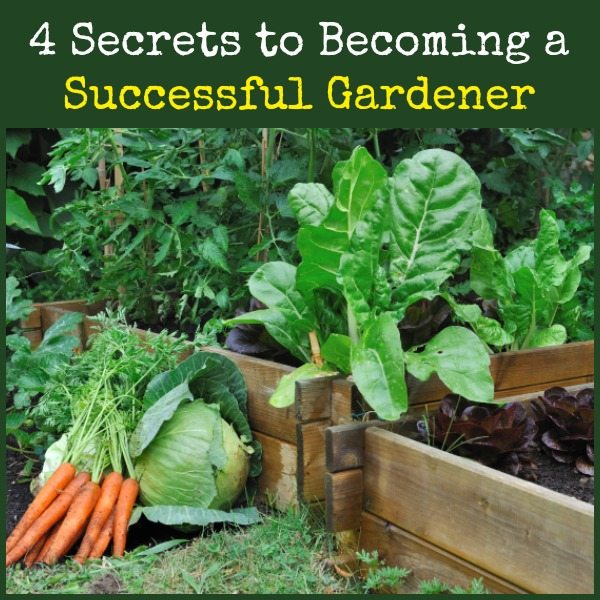
Gardening is a skill and anyone who tells you something different is not being totally honest. That being said, having a successful gardening experience depends on many outside factors… including, but not limited to soil conditions, available sunlight, the length of the growing season, seed quality, pest control and even a bit of luck. Still, many of these factors can be overcome with skill, perseverance, and experience.
In this article, Dan Chiras shares his time-proven tips on what it takes to become a successful gardener.
If Dan’s name sounds familiar, it is because he is the author of two Prepper Book Festival titles, Survive in Style: The Prepper’s Guide to Living Comfortably through Disasters and Power From the Sun: A Practical Guide to Solar Electricity. Today, however, the focus is on gardening and on acquiring a much-converted green thumb.
Growing a Green Thumb
Over the years, many people with whom I’ve discussed gardening confess to lacking a green thumb. My response is always the same: gardening is a lot easier than you’d think. With a little knowledge, anyone can graduate into that elite cadre of green-thumb gardeners.
If you’d like to be one of them, read on. I’ll let you in on the main secrets of successful gardening.
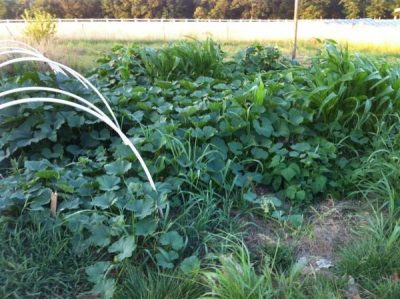
Green Thumb Gardeners are Soil Builders
Individuals with the greenest thumbs are typically those with the richest soils. Although a gardener may have purchased a home that came with a yard endowed with rich topsoil, the excellent soil in which they grow their fruits and vegetables is most likely due to the fact that they’ve spent several years building it. That is, they have enriched their soil with good old organic compost.
Great gardeners are also avid “mulchers.” Mulch is a layer of organic material like straw or bark that reduces the evaporation of water from the soil. This, in turn, helps plants meet their needs, even on blisteringly hot days. It also helps you by reducing the amount of water you need to apply to your garden. It saves energy, water, and time.
Mulch also helps hold weeds at bay. If you’ve applied a thick enough layer, mulch will prevent weeds from growing. They can’t get the sunlight they need. Those weeds that do manage to pry their way through the mulch are much easier to pull. Weeds come up more easily when yanked from moist soils.
Moist soils also increase the likelihood you will remove most, if not all, of their roots when you pull them out. If severed, roots of weeds often give rise to new plants. Whatever you do, don’t cut weeds off at the base of the stem and leave the roots in place. Some weeds (like Russian thistle) come back with a vengeance. So, be sure to pull weeds root and all.
Mulch decomposes over time, adding to your soil’s fertility. There’s no need to dig it in. Just keep adding mulch on top of old mulch that’s breaking down and becoming part of your topsoil. That’s the way Mother Nature builds soil.
Remember this, green thumb aspirants: nourish and protect your soil with compost and mulch and it will return the favor many times over.
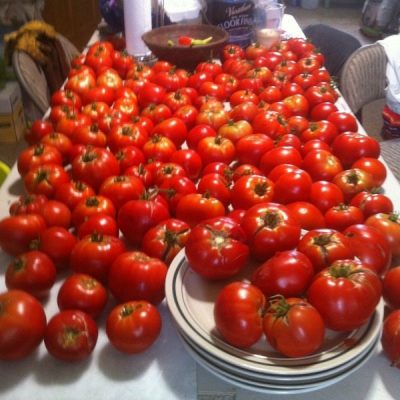
Green Thumb Gardeners are Vigilant
Another key factor that contributes to a green thumb is vigilance. In my experience, the most successful gardeners are the most attentive. They’re in their gardens every day or two pulling weeds while they (the weeds, that is) are still young. They also keep an eye on their plants for signs of disease or insect damage. When they spot a problem, they address it quickly.
Attentive gardeners also pay close attention to weather and soil moisture and use these parameters to determine when watering should occur. They don’t necessarily follow a watering schedule. That’s because how often you need to water your garden and how much water you need to apply depends on many factors, such as the temperature, rainfall, and humidity, the organic content of your topsoil, the water requirements of plants, and how much mulch you have applied.
An accomplished gardener doesn’t water because it’s been five days since he or she last hauled out the sprinkler. He or she waters when the soil and plants say, “How about a drink?”
The best way to determine when it’s time to water is to dig into the soil with your hands or a trowel. If the soil’s moist an inch or so down, and your plants have established deep root systems, you can probably hold off on watering. If the soil is dry, retrieve the hose and sprinkler from your garden shed and take care of things.
An ever-vigilant gardener pays attention to his or her plants for wilting leaves. They are a tell-tale sign that the soil is drying out. Water immediately. Better yet, pay closer attention to soil moisture content and weather so plants don’t have to cry out for emergency action.
Vigilance is important at harvest time, too. Overlook a zucchini for a day or two and it will transform into a log suitable for building a small log cabin or carving out a dugout canoe. If you don’t check your green beans during the harvest season very often, you’ll find those tender green beans have grown large and become leathery.
A Green-Thumb Gardener Knows Plants
Successful gardeners understand that not all plants are created equal. Some like acidic soil. Some like sandy soil. Some like lots of sunshine. Some thrive in partial sun or shade.
While that seems like a lot of information to hold in your cranium, it doesn’t take long to understand the requirements of common vegetables and flowers. Seed packets can help you learn about the requirements of fruits, vegetables, berries, and flowers you’d like to grow. Read the information that comes with seedlings you purchase at your local nursery. Books on gardening also contain a wealth of information on the topic.
Armed with this knowledge, head to your garden to plot a strategy for successfully planting sun lovers and the rest of the gang. Veggies that grow well in partial sun, are typically delegated to the less sunny locations in a garden or are planted in the shade of taller plants like tomatoes and corn.
It’s Not about the Tools
A green-thumb isn’t about owning a lot of fancy tools or the latest garden gadgets. You just have to build great soil and then continue to replenish it with compost and mulch each year until you hang up your gardening gloves one last time.
You need to be vigilant, as well, paying attention to weeds, disease, wilting, insects, and soil moisture. A two-minute stroll through your garden each day is all that it takes. It’s a great time to have that evening glass of wine.
A great gardener watches the weather and tends to her garden as dictated by temperature, rainfall, and humidity. Lest we forget, a great gardener plants according to their plants’ needs for sunshine.
There’s more to being a successful garden, but that’s it in a nutshell. If your life is too busy to start a garden, consider hiring someone to help out. Or, enroll your children and/or spouse to help with this task. Kids often love to garden alongside eager adults! If the world goes to heck in a hand basket, your garden will be up and running.
To learn more about food self-sufficiency through gardening, check out my book, Survive in Style: The Prepper’s Guide to Living Comfortably through Disasters. It is available on my website and also at Lehman’s along with all of my other books.
The Final Word
In my younger years, I had a reputation for having a green thumb. It came naturally, or so I thought. Initially, I did all of my gardening in containers. Later, as I expanded to raise beds, I realized that having a green thumb was not a natural trait. It was a skill.
Whether you have gardened successfully in the past or are just getting started, Dan’s secrets, and especially his emphasis on building up the soil, are well taken. I don’t know about you, but I am ready to get started!
Enjoy your next adventure through common sense and thoughtful preparation!
Gaye
If you enjoyed this article, consider subscribing to email updates. When you do, you will receive a free, downloadable copy of my e-Book, The Emergency Food Buyer’s Guide. Also check my Facebook page regularly for links to free or almost free eBooks that I personally reviewed just for you.
You can also vote for Backdoor Survival daily at Top Prepper Websites!

